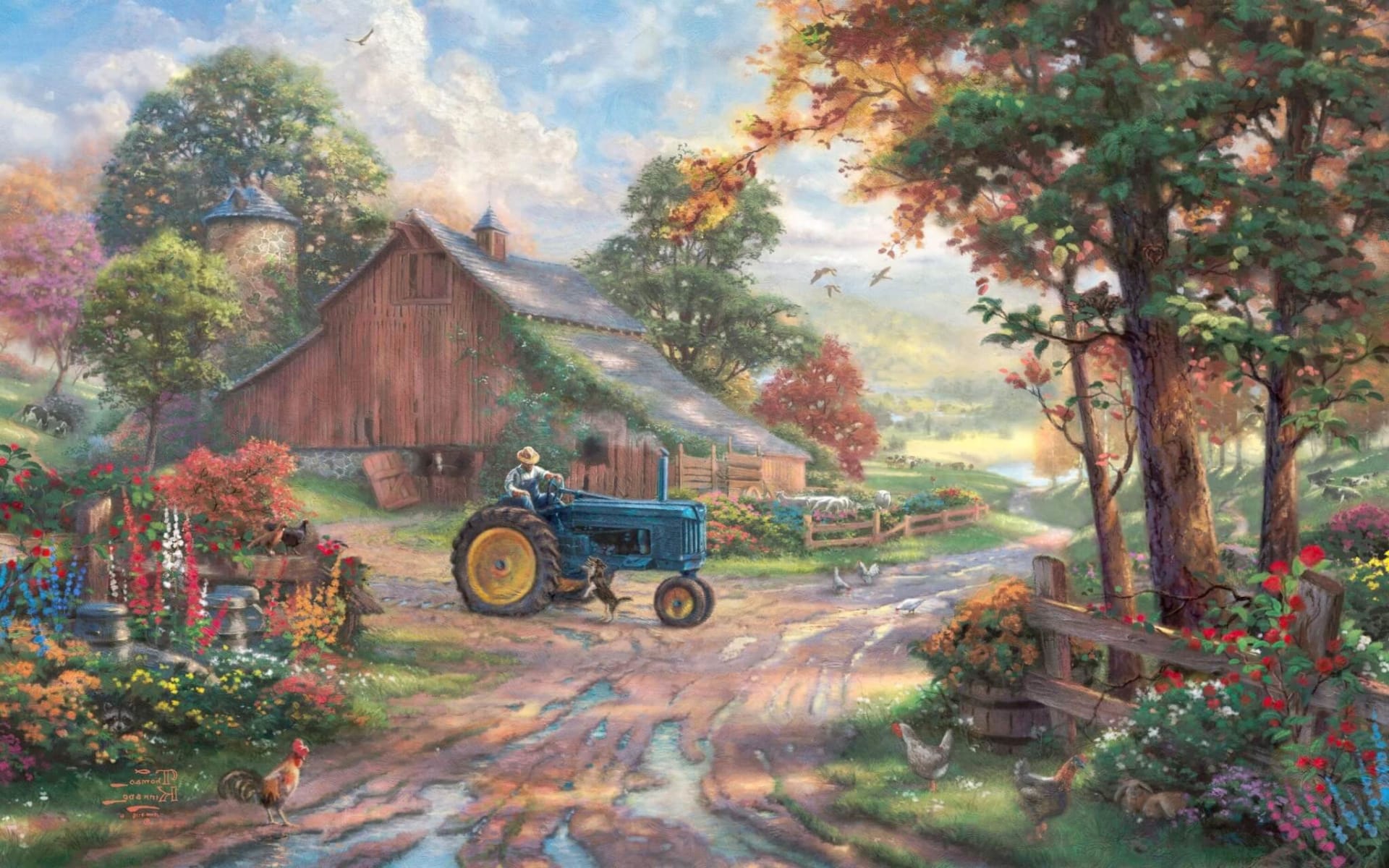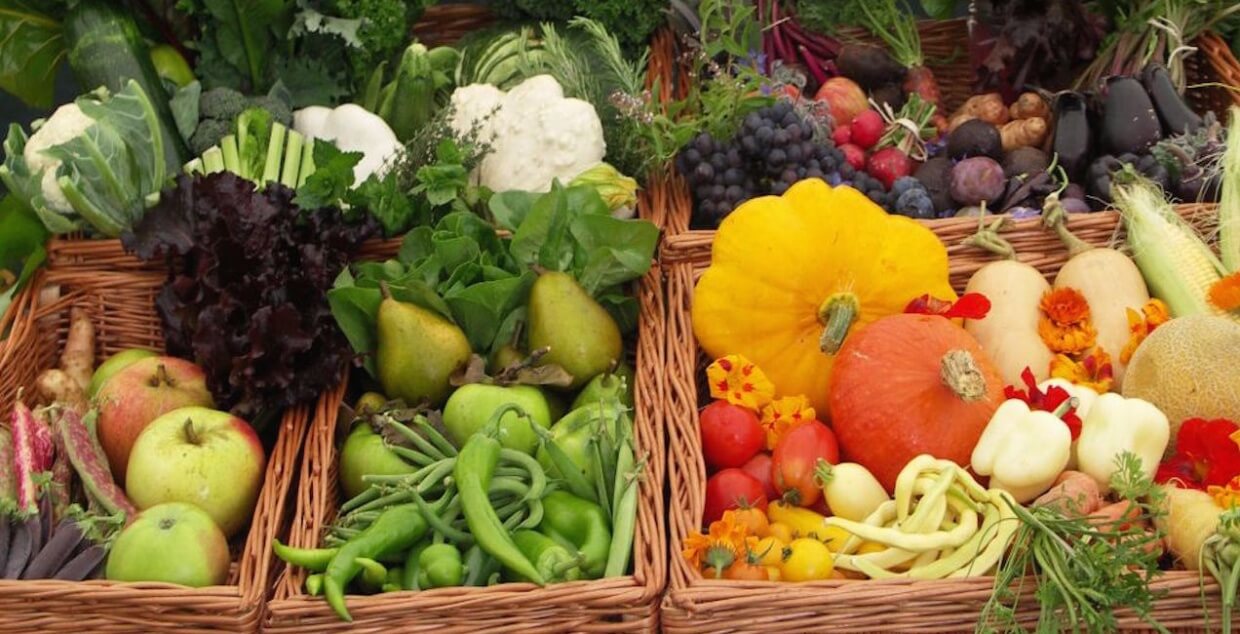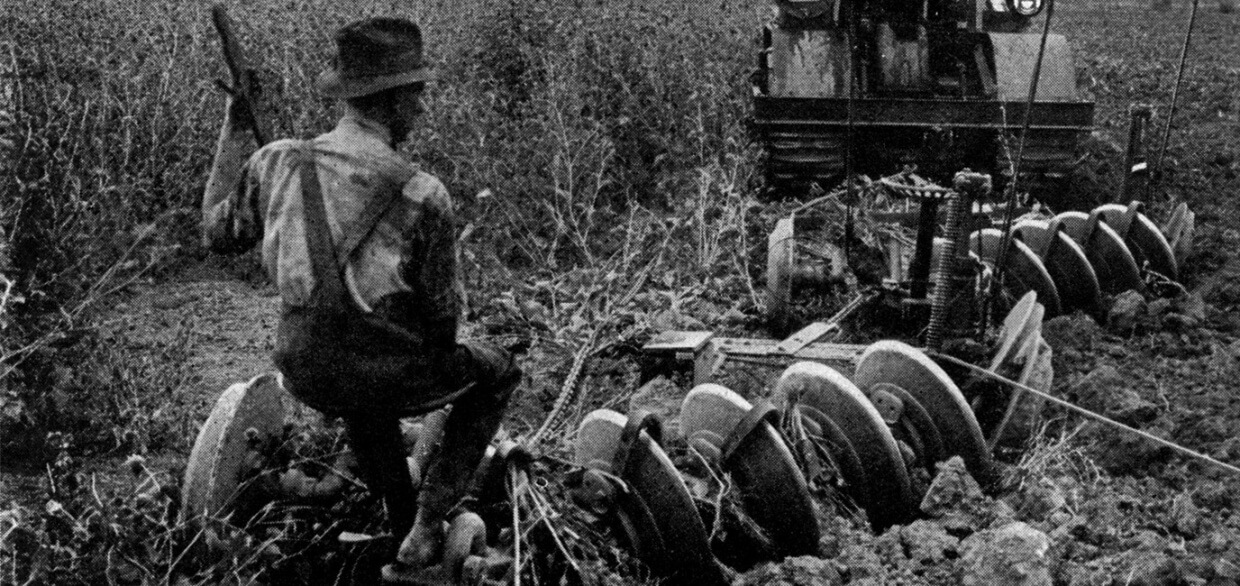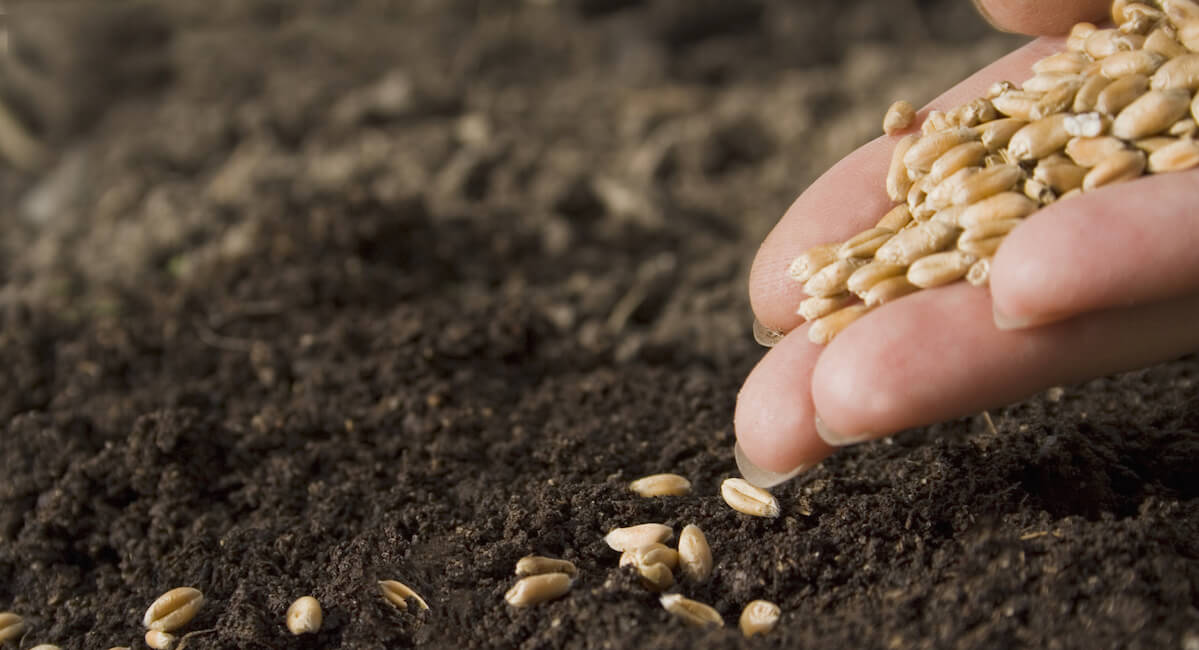
Learn The Basic Rules Of Organic Farming From Groove Armada
A few years ago, while trying to stay awake on the way back from I don’t know where, I picked up a magazine that contained an article on contemporary farming. I’d never planted a seed or really thought about where our food comes from, but within a few lines I felt I needed to find out more.
The picture the article painted of industrial agriculture was astonishing. It reported that food is sprayed with toxic chemicals an average of nine times during production; that ten times more energy goes into a field than comes out as food; that everything we eat, drink, wear and breathe comes from the thin layer of fertile soil on the surface called “topsoil,” which isn’t renewable in human timescales—and the use of heavy farm machinery to plough the soil and drench it in chemicals results in a loss of 30 football pitches’ worth of topsoil every minute.
In the years following that discovery, I read into alternatives to factory farming and found that, luckily, they’re pretty simple. Everything begins and ends with soil, and of the three things that create all life—sun, rain and soil—the latter is the only one we can influence. Restore the soil to health, and everything follows.
- There are more creatures in a teaspoon of soil than there are humans who have ever walked the earth. Plants grown in healthy soil don’t need poisonous sprays to keep them alive; if they did, they wouldn’t exist. Agrochemical giant Monsanto and other destructive agriculture-related corporations spend billions lobbying to obscure the simple fact that in a world of good soil they would be obsolete.
- In soil terms, fertility equals carbon. So sorting the soil out by proper farming automatically involves putting carbon back into the soil. If we did this to the world’s farmland for ten years, photosynthesis would lock away enough carbon in the soil to store away all our greenhouse gas emissions. We’d also be left with delicious and nutritious food.
- Good soil holds water. Sort the soil out and a lot of flooding problems would disappear.
The time came when I felt the need to walk the walk, so I exchanged my publishing rights for a farm in south-western France. There isn’t time here to go into the tragedy and comedy that follows when a new boy on the block arrives in the most rural part of France determined to farm differently. But four years in, I’ve found that there is another way—and it works. Anyone willing to try the same could avoid a lot of heartache and brushes with bankruptcy by sticking to the following basic principles.
1. Keep it diverse.

Nature, the world’s finest farmer, always mixes plant and animal life. Diversity means resilience and sustainability. In practical terms, that means you should restore hedgerows, plant trees, mix shallow and deep rooting crops, grow different families of crops together and get livestock, poultry, grass, crops and trees together. In a few years the soil will be back in action.
2. Fight the plougher.

Turning the earth upside down and pulverizing it with heavy machines is a disaster. The soil is blown and washed away, and huge amounts of fertility (and carbon) are lost to the air. There are many other ways to keep your crops ahead of the competition. You can plant them into living ground cover, like clover, or grow what’s called a “cover crop,” and then roll it down to sow your “cash crop” into this weed-suppressing carpet. Planting the right things together means they take care of each other and everything else.
3. Go back to the basics.

For 10,000 years mankind selected his crops for their taste and nutrition. Since the unfortunately named “green revolution” in the ‘50s, big businesses have hybridized our crops to put up with huge doses of chemicals, thus rendering them weak and nutritionally worthless. Find some local varieties suited to real farming and multiply your own stocks of seeds.
4. Have no fear.

Fear is the best salesman. This works a treat in farming terms because fear of weeds and disease are perfect conditions to sell millions of liters of chemicals and huge machinery to beat the land into submission. But actually the natural world is the most perfect example of balance; it has provided millions of years of harvests without our intervention. Work with it, nudge it in the direction that gives us what we need, and the future will be bright and abundant—and it’ll taste great.
If you’re not going back to the land, remember that as a food buyer you have the future of the world in your hands. The disastrous current farming system is only operational because we buy what it produces.
Take the time to find people growing things properly and put your money where it counts. Then invite your friends round and tell them all about it—while playing FABRICLIVE 87. It’s a new Groove Armada mix that’s close to our hearts. It unites the sound of the free parties on the South Downs in ’89 with the house sound of today. It’s also what this article should have been about.
Published June 09, 2016.
